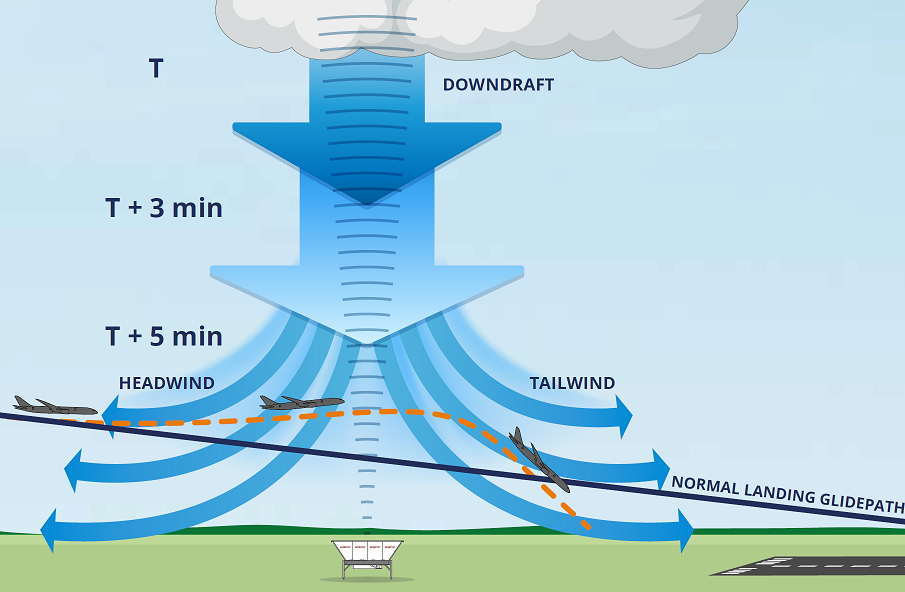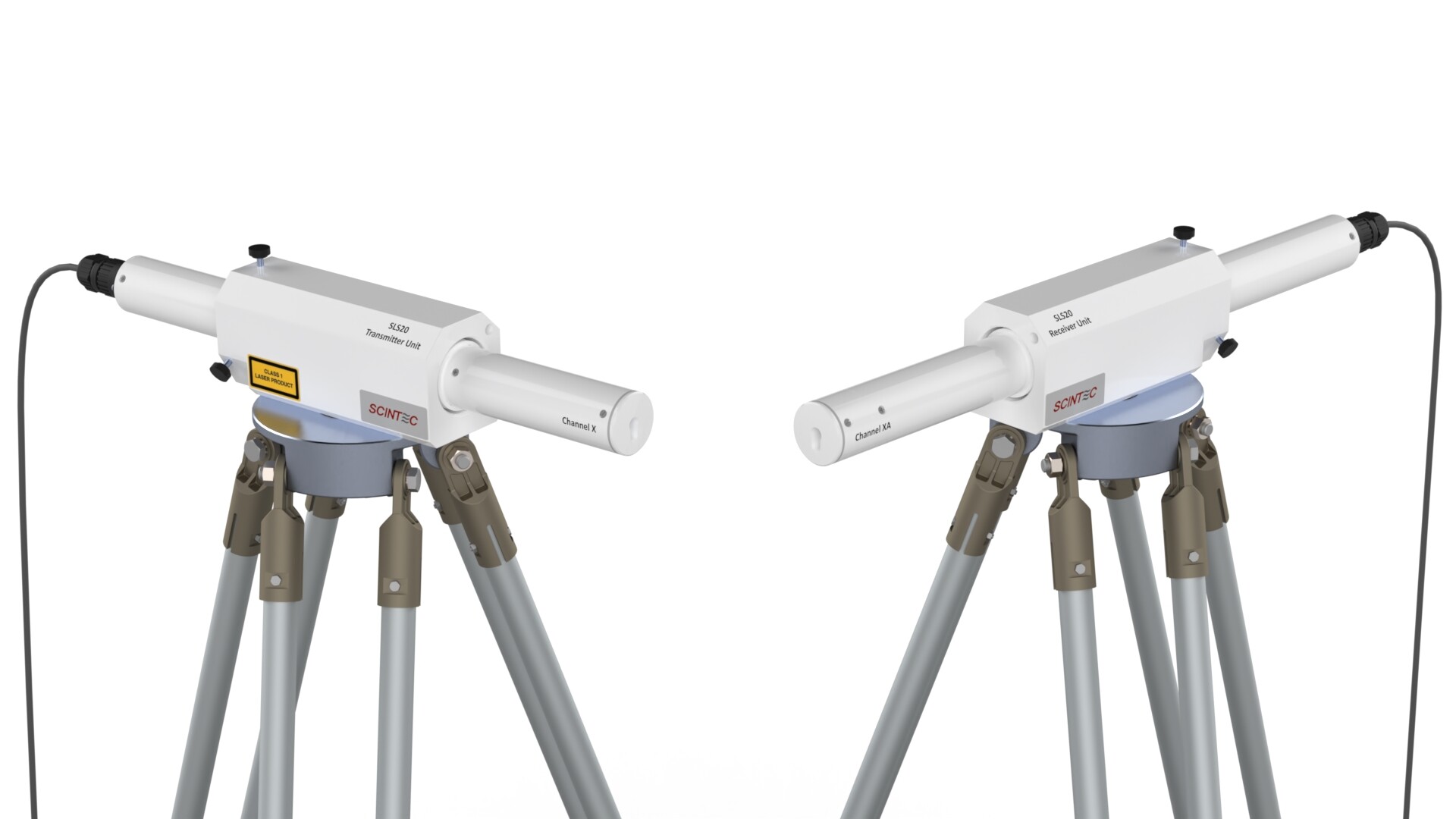With their publication "Conceptual model for runway change procedure in Guarulhos International Airport based on SODAR data" in The Aeronautical Journal (May 2016, Volume 120 No. 1227), F. L. Albuquerque Neto and G. B. França from Laboratory of Applied Meteorology, Federal University of Rio de Janeiro, Brazil, and M. R. Matschinske from Brazilian Organization for Scientific and Technological Development of the Airspace Control, Brazil qualify and quantify the advantages of using SODAR for establishing a conceptual model for runway change procedures at Guarulhos International Airport (São Paulo, Brazil).
The method is based on the analysis of data from the Department of Airspace Control (DECEA) and Brazilian Airport Infrastructure (Infraero) about the reports of runway changes in Guarulhos in addition to data from a Scintec MFAS SODAR from September 2011 and December 2013. In 234 analysed cases of runway change, there were significant periods of weak-intensity wind on the surface as well as the anticipated modification wind direction at altitude detected by the SODAR, indicating future changes in levels closer to the surface. By examining the intersection of both scenarios, it is possible to observe that there is enough time for the air traffic controller to anticipate the needed runway change while minimising the impact on the aircraft flow, and this period has an average duration of 1 hour and 24 minutes. This confirms that the preliminary analysis of the information provided by SODAR can help predict alterations in wind direction, requiring redirection and bringing advantages in economic and security terms.




